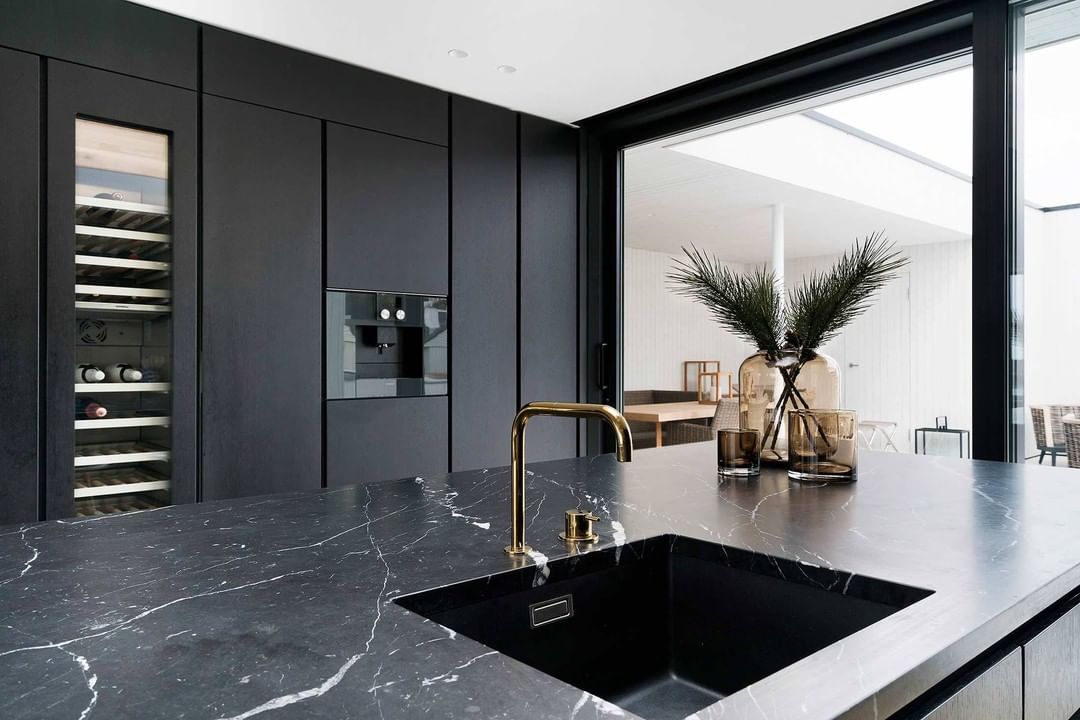
Types of Marble Stone: How are They Different?
It can be very difficult to differentiate the types of marble with the untrained eye. White marble alone has several options to choose from which range in Italian, Turkish, Chinese, Taiwanese, Middle Eastern and many more types to select from.

5 Common Marble Cleaning Mistakes to Avoid
Natural marble stone is a wonderful investment piece. Anything stylish and luxurious deserves proper care and maintenance. Whether it's natural stones, leather, gold, silver, if you overlook the basic maintenance, you could risk damaging your beautiful product.
Marble is a very durable material that is made to last, but it is also not indestructible. There is science, chemistry to the natural stone that can enhance the natural material or harm it.








